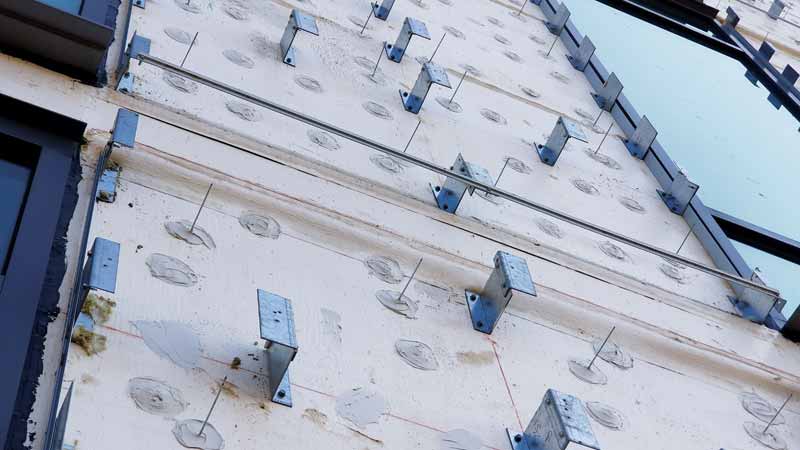
Put penetrations to the test: The effect of cladding attachments on air and water barriers
[fa icon="calendar'] Nov 29, 2018 7:30:00 AM / by Kenneth R Quigley, PE
Different materials are used in the construction process to ensure the building envelope is air tight and water resistant. Components include water barriers, air barriers, and thermal control layers. While technologies for testing air and water barriers, along with thermal control have evolved over the years, there are still inconsistencies among the different practices used for testing.
Read More [fa icon="long-arrow-right"]Add decades to your commercial roof life
[fa icon="calendar'] Nov 1, 2018 8:00:00 AM / by Kenneth R Quigley, PE
Commercial roofs are often subject to high levels of wear and tear due to sun exposure (UV rays), frigid winter temperatures, and unpredictable weather patterns. This wear and tear, many times, leads to roof damage and issues such as leaks. Unfortunately roofs usually do not receive attention until an issue like a leak occurs. As Doug Kramer, author of the article Add decades to your commercial roof life states, “Roofs are the black sheep when it comes to commercial building maintenance.”
Read More [fa icon="long-arrow-right"]
Tackling flood damage to dwellings
[fa icon="calendar'] Oct 23, 2018 7:45:00 AM / by Kenneth R Quigley, PE
Dealing with flood damage inside of your home or business can be a nightmare. With water soaking your valuables and all of your belongings, it’s often difficult to know or even process where to begin. Quite likely many questions are running through your head pertaining to whether or not your insurance will cover the damage.
Read More [fa icon="long-arrow-right"]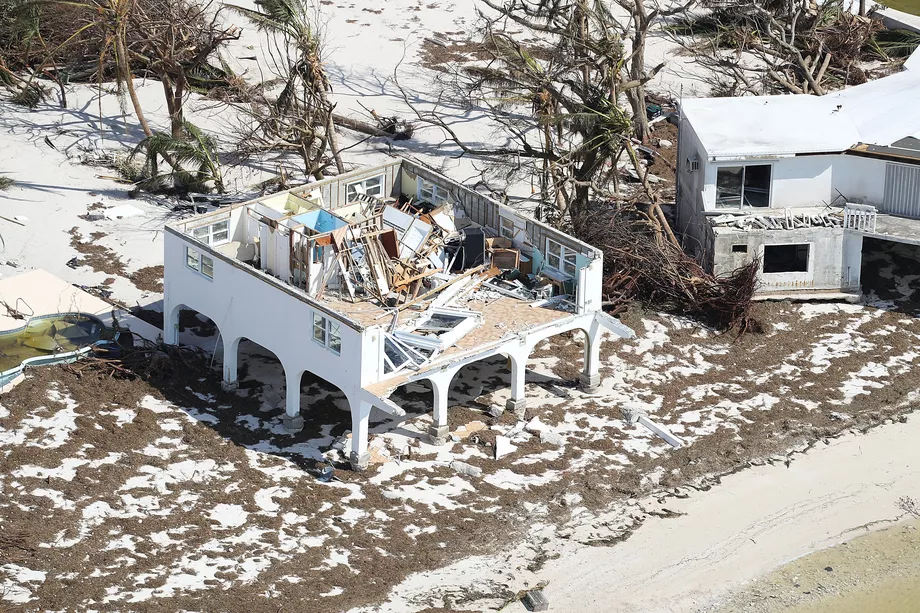
Hurricane resistant homes: why they aren't being constructed more frequently.
[fa icon="calendar'] Aug 16, 2018 11:00:00 AM / by Mark McGivern, CSI, Aff. M. ASCE
Last year was the United States’ most costly on record for weather-related disasters. According to the National Oceanic and Atmospheric Administration (NOAA) weather-related damages in 2017 totaled a staggering $306 billion.
Read More [fa icon="long-arrow-right"]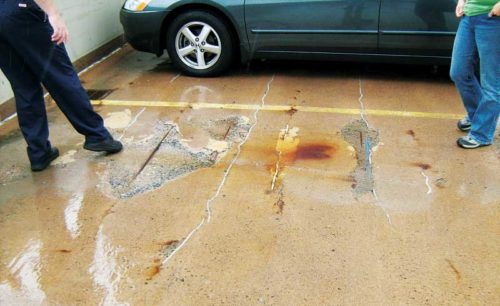
Treating reinforcement corrosion in parking structures
[fa icon="calendar'] Aug 2, 2018 10:00:00 AM / by Kenneth R Quigley, PE
Owners and managers of facilities with parking garages often do not give the garages their fair share of attention. Managing the value-added parts of the facilities such as hospital rooms, apartments, condominium units, etcetera, is much more important. When it comes to maintaining parking garages and treating deterioration, they are often placed on the back burner by building management companies and owners. Owners and managers naturally tend to place their focus, energy, and budget into maintaining more high-profile façade issues, roof leaks, or patching concrete as it relates to the occupied buildings themselves.
Read More [fa icon="long-arrow-right"]
Moisture Damage to Electronics
[fa icon="calendar'] Jul 24, 2018 10:00:00 AM / by Philip B. Terry, Sr. Vice President
Moisture gets into electronics even in the best of systems – it is inevitable. To name a few, electronic equipment whether personal electronic equipment, or specialized equipment isolated in server rooms, in moisture resistant enclosures, in aircraft avionics bays, and even in sophisticated autonomous underwater vehicles (AUV). Such AUVs meticulously designed to stay dry a thousand feet underwater are susceptible to moisture related damage. Moisture finds a way into your electronics and can wreak nuisance or havoc – sometimes intermittent, sometimes catastrophic.
Read More [fa icon="long-arrow-right"]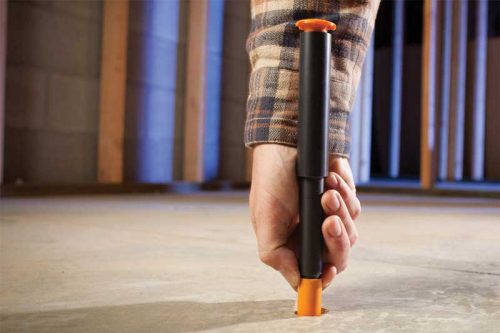
Changes to Concrete Standards: How they clarify your choice of test methods
[fa icon="calendar'] Jun 14, 2018 10:00:00 AM / by Kenneth R Quigley, PE
General Contractors and the entire construction team including project managers and owners used to have to wait at least 72 hours when conducting the Relative Humidity test to take a reading which would detect excess moisture in a concrete foundation. Today, based on updated standards the Relative Humidity test only requires a 24 hour wait, which can greatly improve project timelines.
Read More [fa icon="long-arrow-right"]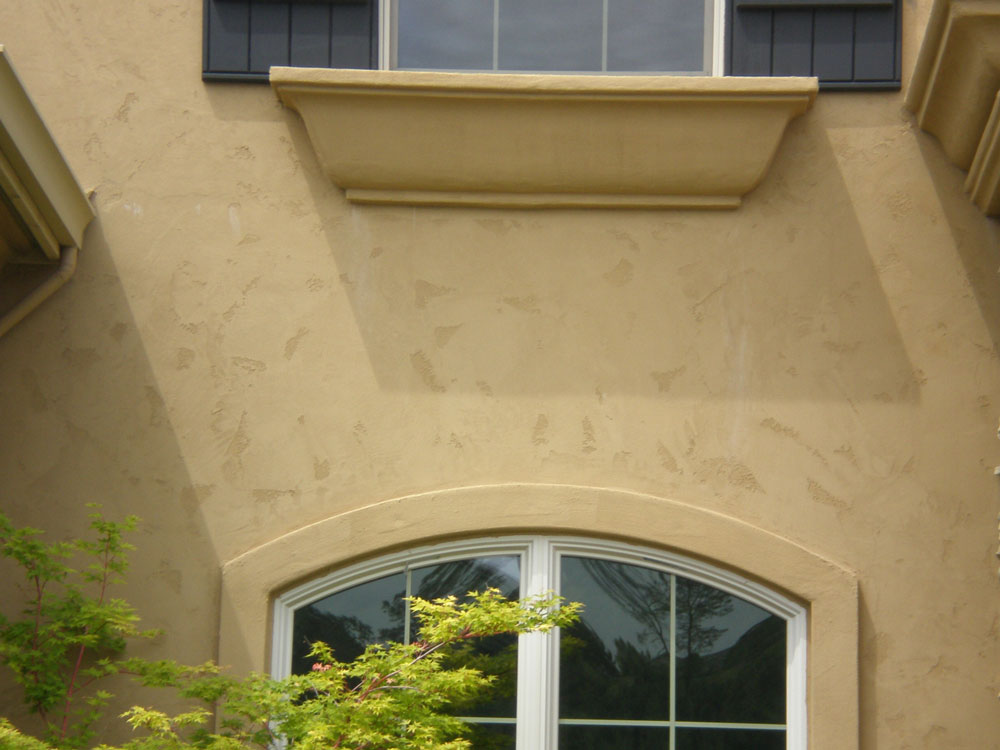
A Quick Summary of the Evolution of Stucco
[fa icon="calendar'] May 10, 2018 10:00:00 AM / by Adrienne K. Paskind, AIA
Did you know that stucco, also known as exterior plaster, has been used for many centuries? Historians suggest that the material has been used by multiple civilizations including the Babylonians, Greeks, Egyptians, and Romans, spanning over thousands of years.
Although evolved and changing, the use of stucco today is still growing in popularity despite various problems. The following is a short comparison of historic and new practices.
Historic structures still standing today indicate that “old” stucco material was used and its construction was “done right”. Its original composition and performance appears superior compared to its modern-day counterpart.

ECO-Gyms, powered by their own members
[fa icon="calendar'] May 4, 2018 2:00:00 PM / by Adrienne K. Paskind, AIA
Energy conscious building systems and "green" buildings are terms that have been around for quite some time. In fact, there are numerous interesting articles one can explore relative to the implementation of energy conscious building systems. Building professionals continually seek new ways to harness energy and develop innovative approaches to improve our environment and offset energy costs. Recently, we have seen the tremendous interest and growth in solar power from residential to large scale applications. Other renewable energy sources are also constantly being explored, such as converting energy expended by humans into energy used to help power buildings.
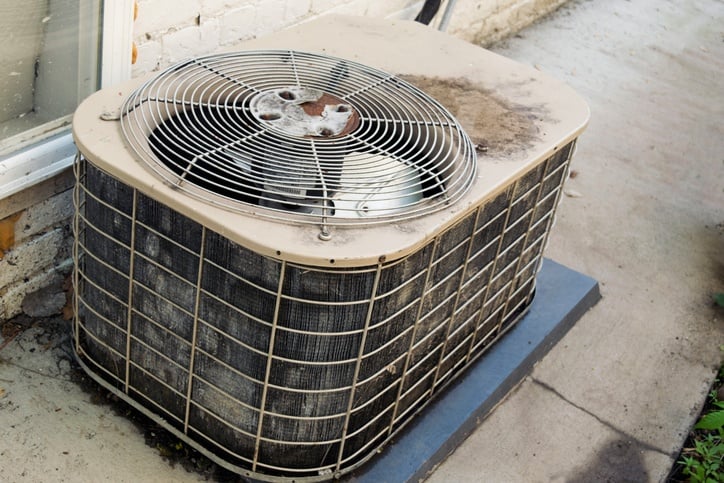
The Connection between Air Conditioning Systems and Mold
[fa icon="calendar'] Apr 25, 2018 2:00:00 PM / by Dudley Smith, PE, CEM
Mold spores are everywhere in the outdoor and indoor environment as a natural part of our world and they cannot be eliminated. Certain conditions are necessary for the growth and proliferation of molds into a problem area within a building. Controlling indoor moisture and humidity levels are key to controlling indoor mold growth. Air conditioning equipment and duct systems are very common locations for the development and amplification of mold in commercial properties. Property owners and managers need to be vigilant in inspecting and maintaining these systems, to minimize the frequency and magnitude of any exposures to occupants from hidden sources of mold.

